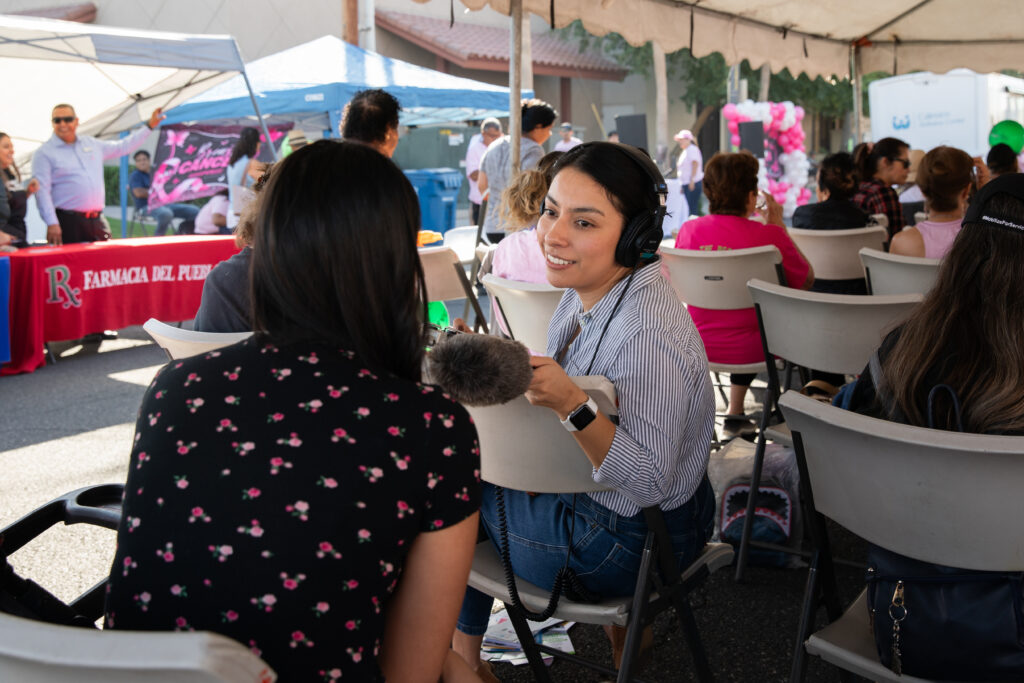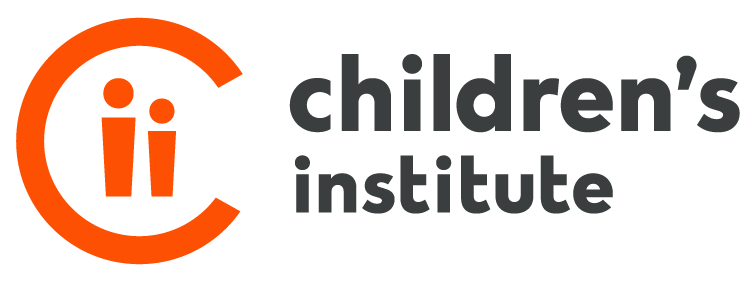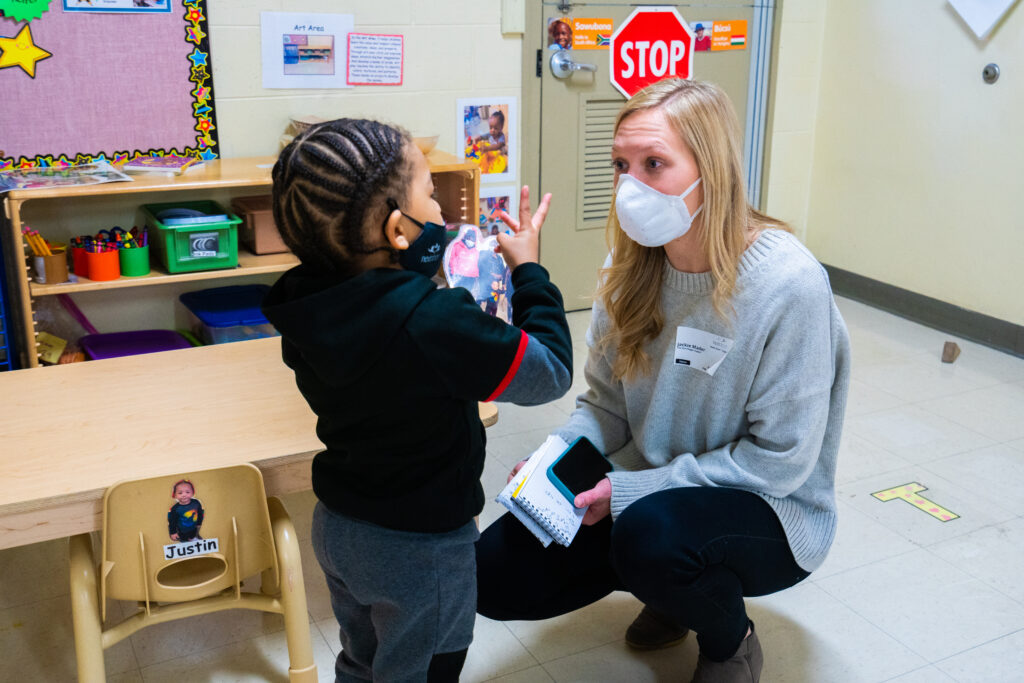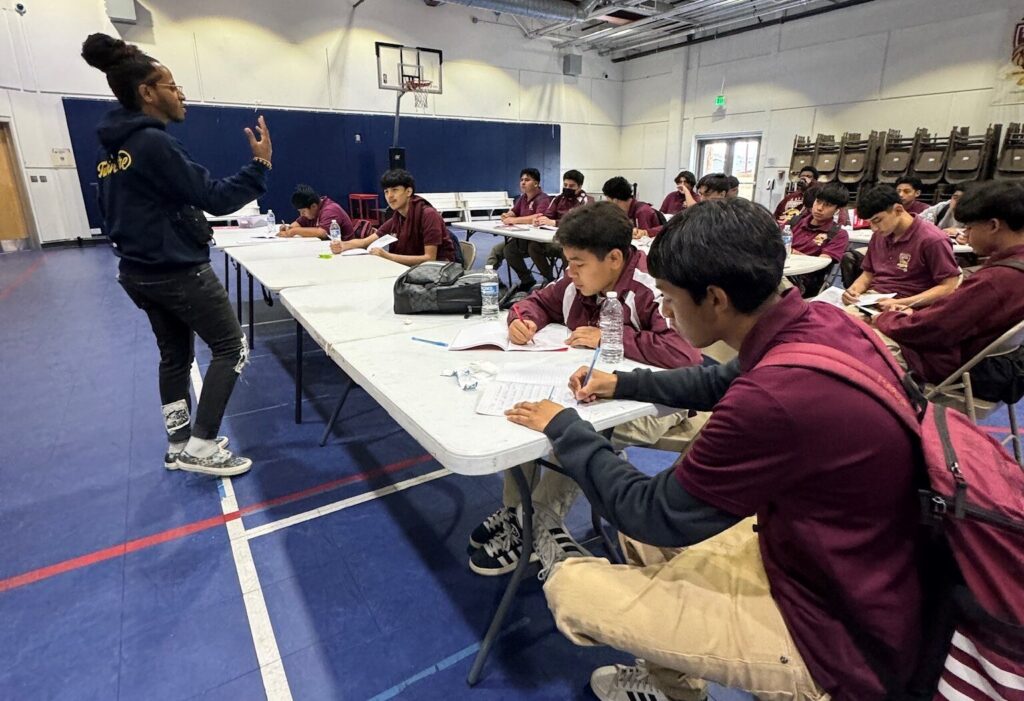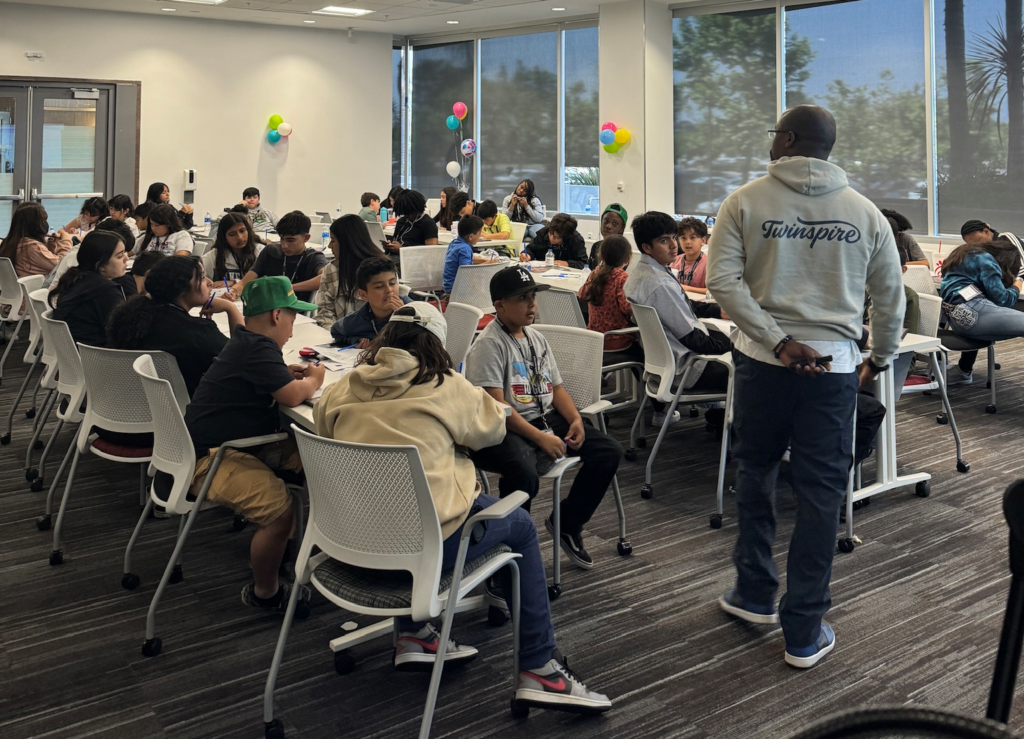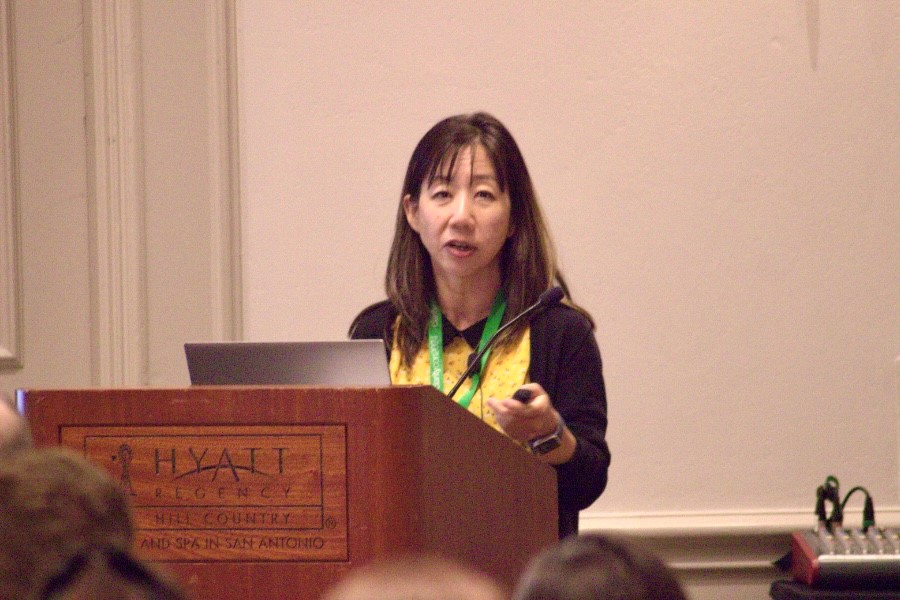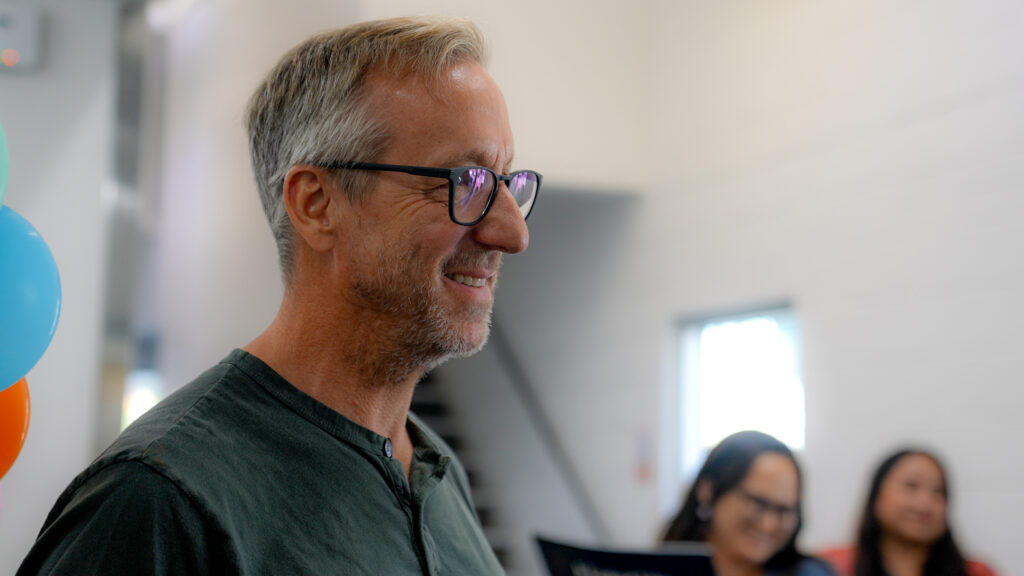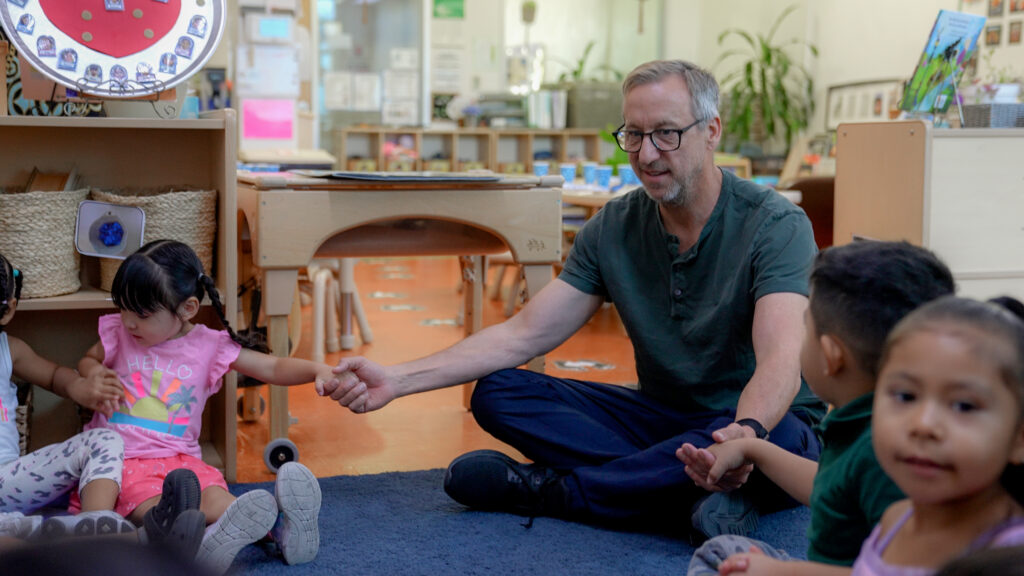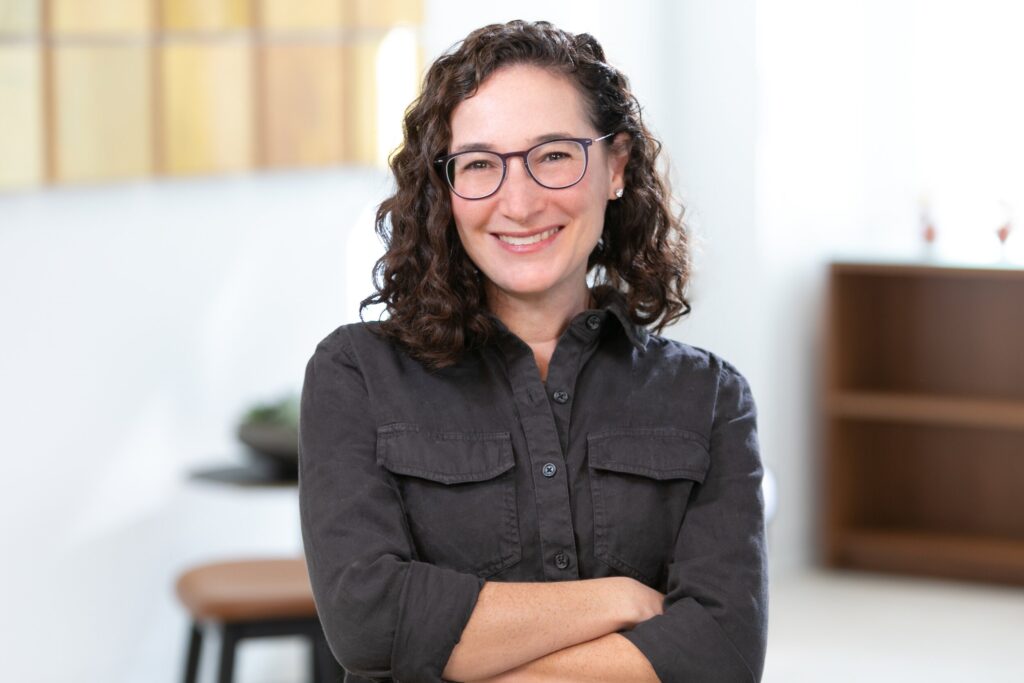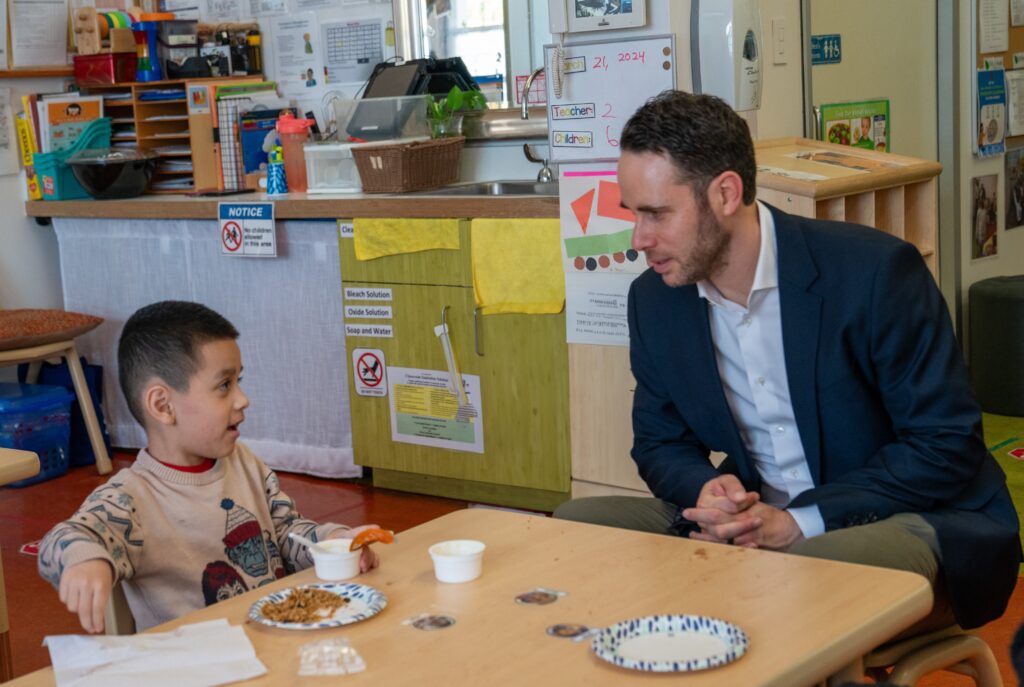“Get to Know Your Reporter” is a series of interviews we’re having with journalists covering topics that are both timely and relevant to our audiences. Our aim is to advocate for and highlight the issues & policies that affect the children and families we serve, and one way is by providing information directly from experts in the field.
This month, we had the privilege of meeting with Ana B. Ibarra, a health reporter at CalMatters.
Hello Ana and thank you for taking time to meet with us. Let’s start off by getting to know you a little better.
I grew up in the San Gabriel Valley, specifically in Rosemead, California, as the daughter of Mexican and Salvadoran immigrants. My introduction to journalism was in high school, where I joined a class and helped with the school newspaper, The Panther’s Tale. Journalism forced me out of my comfort zone to connect with people I might never have encountered otherwise.
Ten years after starting my career, I consider myself lucky to still be a reporter. It’s challenging yet it gives me the opportunity to meet people throughout the community, allowing me to understand the issues that affect us all. I get to speak with those who have the power to make policy and changes, as well as the people impacted by those decisions.
What drives me is my commitment to keeping people informed and making news more accessible. I started my journalism career covering health and I’m still at it today. It’s a field that impacts everyone in one way or another and remains a strong area of interest for me.
I began my journey with the Merced Sun-Star then moved on to Kaiser Health News, part of the Kaiser Family Foundation (KFF), before landing my current role at CalMatters. I look forward to continuing this work, connecting with people from all walks of life and amplifying the stories that matter.
How has the transition from Sacramento to Los Angeles been for you as a reporter?
I’ve had the opportunity to report from different places across California – from the San Joaquin Valley, Sacramento and now to my hometown of Los Angeles. Each transition has offered unique perspectives and insights. In Sacramento, I covered the Capitol and various government agencies, translating decisions made by leaders and lawmakers into stories that reached the public. My goal was to make these decisions at the top accessible and relevant to the communities they directly impact.
Now I work outside of Sacramento, focusing on issues people deal with in their communities. I’m tracking things from health care concerns to economic challenges that might go unnoticed yet impact everyday lives. Often, these stories bring fresh insight to decision-makers in Sacramento, reinforcing how community-level issues need representation at the state level.
At CalMatters, the heart of what we do is rooted in policy, always keeping a close watch on Sacramento’s decisions. But it’s equally important for us to investigate how these policies play out on the ground and observe how policies impact different cities, from Bakersfield to Los Angeles, highlighting how unique each community’s challenges are.
Ultimately, our reporting is about bridging that gap, showing how policy decisions in Sacramento impact the lives of people across California.
We’ve heard the news & media being affected quite a bit these days. Have you noticed any major trends or changes in the media landscape? And if so, what are you noticing and how are you pivoting?
In my 10 years in journalism, I’ve seen newsrooms, especially local ones, shrink to become skeletons of what they used to be. That means there are fewer eyes and stories coming out of these communities. This challenge has also resulted in more collaboration between newsrooms and reporters. At CalMatters, we partner with many local outlets to expand access to important news across California.
As news consumption evolves, we’re having to adapt too, reaching readers through print, radio, TV, newsletters and even TikTok. At the same time, we’re working to combat misinformation and build trust. This adaptability is essential, as accurate, accessible news is more critical than ever.
Can you share about your recent accomplishments and highlights?
I’ve learned that everyone interacts with the healthcare system in some way, and it can be a very complicated system to navigate. When someone reaches out to say my reporting has helped them or their family, it’s the ultimate compliment and achievement.
This year, my health team took on a major project: investigating maternity ward closures across California. It required months of work, from gathering data, conducting interviews, and traveling across the state, including to Imperial County, where we spoke with people affected by these closures. The project was a labor of heart and hard work and we’ve been working on that since last year and up until this year. Here is the investigation that led to Governor Newsom signing a law to create more transparency around maternity ward closures: Gov. Newsom signs law to slow closures.
What a powerful article with so much impact! Thank you for reporting on such critical issues. For our final question, what is a message you’d like to convey with your readers? Do you have any tips on how people can reach the media?
Navigating the healthcare system can be difficult. If you’re struggling to find the information you need, don’t be shy to reach out to journalists. Often the questions you have are shared by others. Readers sometimes contact me for help accessing resources, and even if I don’t have the answer, I can connect them with someone who does. When readers share their questions and concerns, it also helps us understand the areas where the public may need more information.
See below for recent articles published by Ana:
Californians are knocking on doors in 2024 swing states
After CalMatters investigation, Gov Newsom signs law to slow maternity ward closures
Maternal deaths: New CA plan centers on moms’ overall health
CalMatters is a nonpartisan and nonprofit news organization bringing Californians stories that probe, explain and explore solutions to quality of life issues while holding our leaders accountable. We are the only journalism outlet dedicated to covering America’s biggest state, 39 million Californians and the world’s fifth largest economy. Our mission is to improve California’s democracy by making its government more transparent and accountable and giving Californians the information they need to understand and engage with that government.
